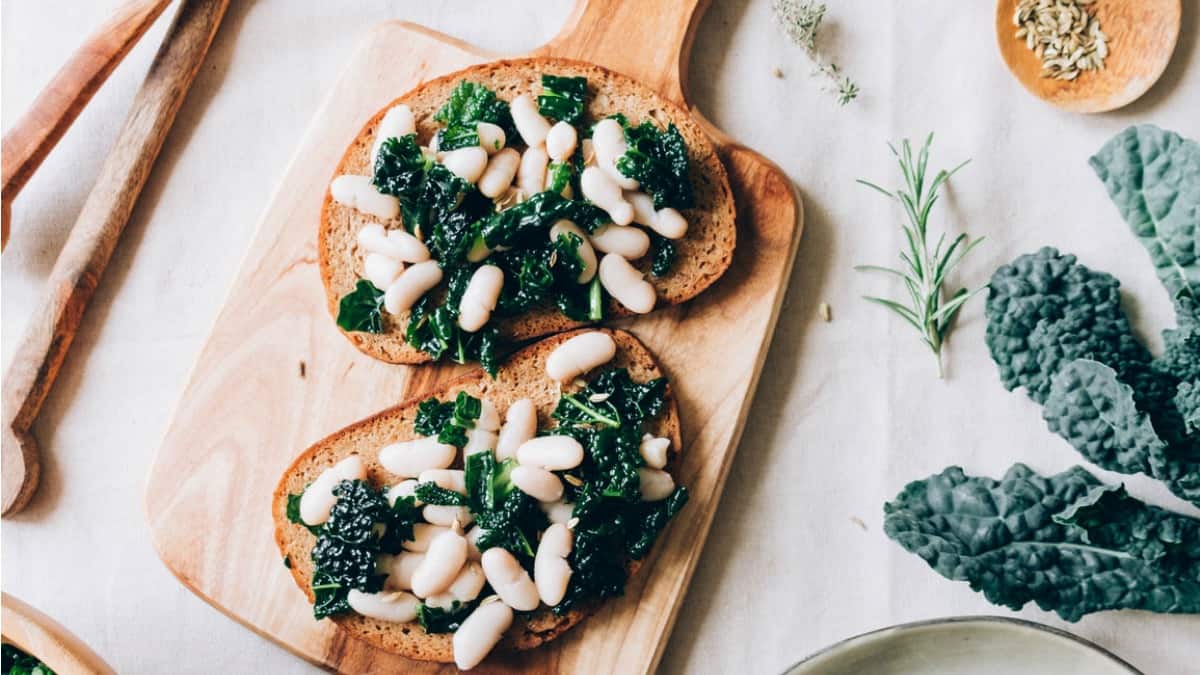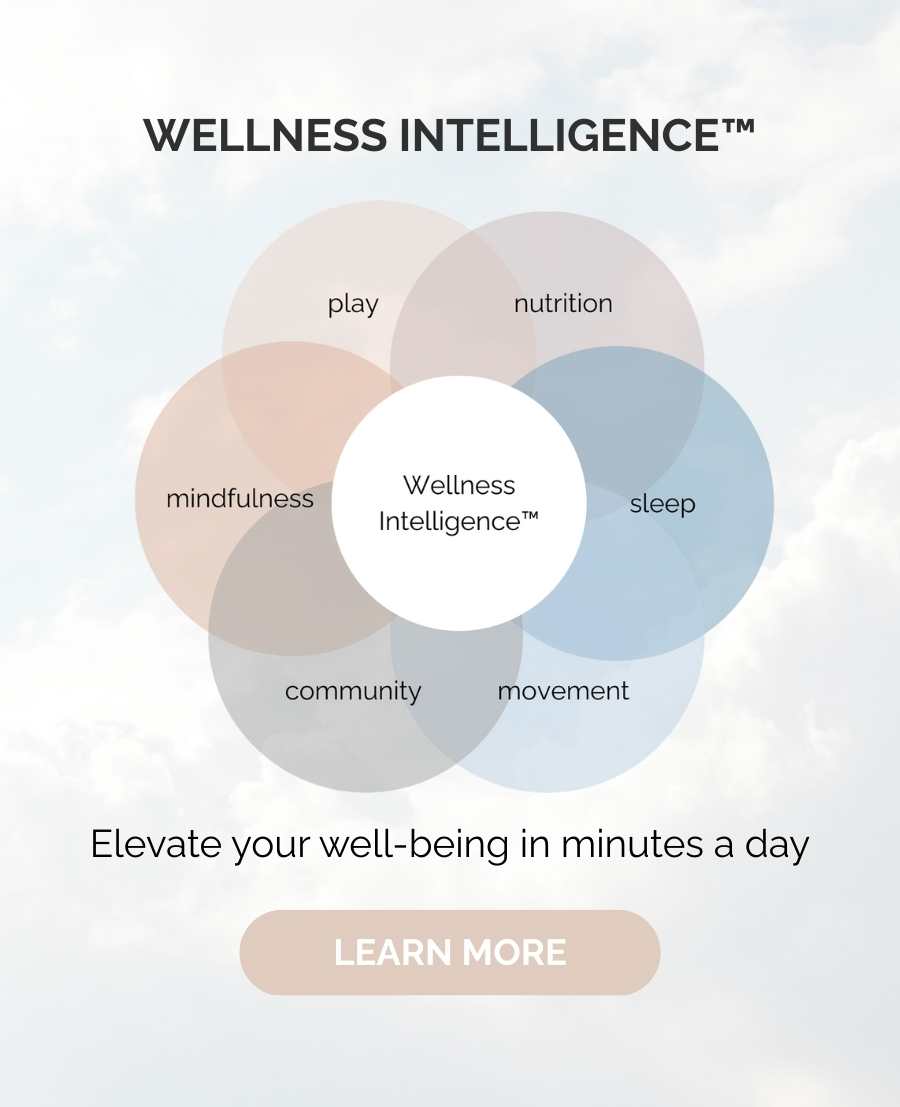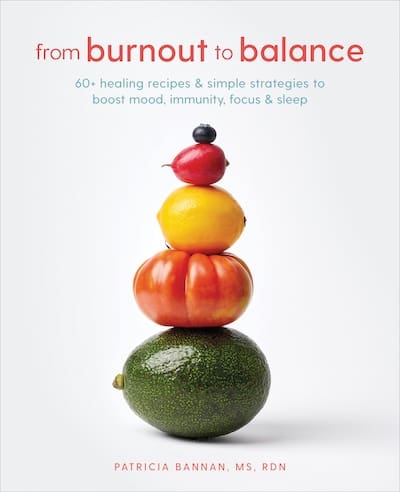A longer version of this article originally appeared on Livestrong.com.
Bones are an incredible part of the human anatomy, but have you ever taken the time to think about how the foods you eat affect bone health?
Because of the strong, constant nature of bones, it’s easy to take your skeletal structure for granted.
“Your bones are alive. Every day, your body breaks down old bone and puts new bone in its place,” explains Misti Gueron, MS, RDN, CDE, a Los Angeles-based medical nutrition therapist. “Your bones hold your largest reservoir of calcium, and your blood also requires calcium to regulate muscle contraction. Because of this, what you miss from your diet may be withdrawn from your bones,” she says.
Many people reach their peak bone mass around age 30 — and after that number is achieved, you lose slightly more bone mass than you gain each year. The higher your peak bone mass is, the less likely you are to develop osteoporosis you age. Whatever your age, making a few dietary changes can improve your overall bone health and enhance your skeletal structure for the rest of your life.
From grapes to leafy greens, here’s a list of foods that you should incorporate into your daily routine to enhance your bone health.
1. Canned sardines
When it comes to building bone strength, fish might not be the first food you think of; however, the tiny, under-appreciated sardine is a powerhouse of bone-building nutrition.
“Canned sardines contain small, edible bones that provide a calcium boost, plus vitamin D for enhanced absorption,” says Caroline Kaufman, MS, RDN, a nutrition expert in New York City. “A 2-ounce serving of sardines has about 20 percent of your daily value of calcium and 26 percent of your daily value of vitamin D.”
In addition to the synergistic effect of calcium and vitamin D for optimal bone health, the healthy fats in sardines may also benefit your bones. A study of young Japanese women (ages 19 to 25) published in Osteoporosis Internationalshowed that intake of omega-3 fatty acids (found in fatty fish like sardines) is positively associated with peak bone mass density.
Kaufman recommends trying sardines on an open-faced rye bread sandwich with spicy mustard and a spritz of fresh lemon juice and chopped tomato, or simply spread fork-mashed sardines on whole grain crackers.
2. Leafy green vegetables
While kale is the newest vegetable to steal the (nutritional) limelight, all leafy greens — bok choy, arugula, spinach, romaine, collard greens, watercress — are nutrient-dense and contain specific vitamins and minerals important for bone health.
“Most of us know that calcium and vitamin D are important for bone health, but bone formation relies heavily on an adequate balance of several important nutrients, including magnesium and vitamin K, which are both found in leafy green vegetables,” says Gueron.
When it comes to magnesium, the majority (67 percent) of the mineral is found in your bones. In fact, a study in the European Journal of Epidemiology suggests magnesium could help prevent fractures. Next time you’re making a salad, sandwich, or stir-fry, be sure to go heavy on the leafy greens — your bones will thank you.
3. Prunes
Purple is a color long associated with royalty and magic, so it should be no surprise that purple food provides some pretty hefty health benefits. Purple produce, like prunes, are packed with polyphenols that act as antioxidants in the body. These antioxidants help protect the body from heart, eye, memory, and immune system problems.
In addition, a clinical trial— published in the journal Nutrientsin 2017 — with post-menopausal woman found that California prunes may help reverse bone loss and preserve bone structure, reducing the risk of osteoporotic fracture. What’s so special about prunes for bone health? While the research is still unfolding, the nutrient content of prunes is quite impressive for bone health.
Prunes contain copper, which aids in bone structure; vitamin K, which helps to improve calcium balance and promotes bone mineralization; plus boron and several polyphenols that help with the regulation of bone building and bone breakdown. Enjoy prunes right out of the bag or add them whole, diced or pureed in your favorite recipes.
4. Pulses
You may have heard that beans are good for you, but what the heck are pulses? Pulses are part of the legume family, but the term “pulse” refers only to the dried seed. Dry peas, edible beans, lentils and chickpeas are the most common types of pulses. In addition to providing plant protein, fiber, and antioxidants, pulses provide key minerals for healthy bones including calcium, magnesium, and manganese.
“Researchshows that people who eat more pulses have higher overall nutrient intakes, including of note to bone health, potassium and magnesium” says Cynthia Sass, M.P.H., RD, author of “Slim Down Now: Shed Pounds and Inches With Pulses – The New Superfood.”
In addition to being good for bone health, pulses are incredibly versatile — Sass says they’re incorporated into nearly every type of cuisine around the globe and can be consumed in both savory and sweet dishes, from hummus to black bean brownies.
“I recommend eating a half cup of pulses daily, but if that’s not practical, aim for a half cup three times a week. Eat them in place of meat in a plant-based meal, or as a starch alternative in a meal that also includes animal protein, like a salad with salmon and white beans, or an omelet served over a bed of lentils,” suggests Sass.
5. Grapes
Not only are grapes good for your heart, you may also experience their benefits in your bones. Grapes are an excellent source of vitamin K, a nutrient that has been shown to have a positive effect on bone mineral density and help decrease fracture risk.
In addition, an animal study published in The Journal of Nutritionshowed that consumption of grape products may improve calcium utilization and suppress bone turnover. In the study, animals prone to osteoporosis were fed a 25-percent freeze-dried grape powder or a control diet for an eight-week period while monitoring calcium balance. The animals fed the grape-enriched diet had 44 percent more net bone calcium retention than those being fed the control diet.
While the researchers are not sure the exact mechanism at play, they believe grapes offer a unique nutrient profile for bone health, including vitamin K, fiber, and polyphenols — special plant compounds found every part — skin, flesh and seeds — and in all colors of grapes.
6. Pumpkin seeds
Pumpkins are not only a mainstay for Halloween; their delicious seeds will help keep your skeleton not so spooky. A source of healthy fats, iron, magnesium, and zinc, these crunchy “pepitas” are brimming with good nutrition. Thanks to the zinc content (1/4 cup of roasted pumpkin seeds provides 19 percent of your daily value of zinc), these seeds are a smart food to ensure your bones stay strong and healthy.
While it’s true that calcium is a main component of bone health, zinc can’t be overlooked; this mineral is needed to produce the matrix of collagen protein threads that’s important for bone mineralization. In addition, zinc is essential for bone healing, and low levels in the body have been closely linked with osteoporosis. Enjoy a handful of pumpkin seeds as a snack or add them to salads, soups, or casseroles for some bone-healthy nutrition (and plenty of crunch!).
7. Whole grains
You may know that whole grains are an important source of key nutrients for optimal health: fiber, magnesium, thiamine, phosphorous, protein, niacin, manganese and selenium, to name a few. But when it comes to bone health, one of these nutrients plays a key role.
“It is the magnesium in this list that is essential for bone health. About 60 percent of magnesium in our bodies is held in our bones, and it has been shown that increased intake of magnesium improves bone density in some patients,” says Sylvia Klinger, MS, RDN, founder of Hispanic Foods Communications and Advisory Board Member for the Grains Food Foundation.
Although some grains may have higher nutrient density, all grains provide a variety of nutrients. Klinger suggests if you are looking for variety of delicious flavors and textures, try experimenting with the now “trendy” ancient grains. “You might be surprised to know that amaranth, quinoa, freekeh and teff are some of the ancient grains that, when combined with other foods, can help strengthen your bones,” says Klinger.
8. Chia seeds
If you’re looking for a non-dairy source of bone-building calcium, chia seeds are a great choice. “One ounce of chia seeds (about two tablespoons) contains 17 percent of your daily value for calcium,” says Kaufman. That’s almost as much calcium as a glass of milk.
Plus, chia seeds are a good source of protein, healthy fats, fiber, and antioxidants for good health. “You can sprinkle them on salads like flaxseeds, or stir them into liquid like a smoothie, oatmeal, or yogurt. Mix them with a liquid like almond milk to create chia pudding, a wholesome base for a healthy breakfast topped with fresh fruit, nuts, coconut flakes, and warming spices like cinnamon or ginger,” suggests Kaufman.






